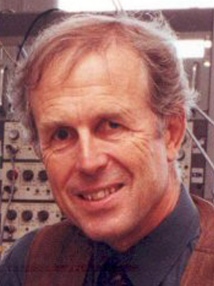BibTex format
@article{Ellaway:2007:10.1682/jrrd.2005.08.0140,
author = {Ellaway, PH and Catley, M and Davey, NJ and Kuppuswamy, A and Strutton, P and Frankel, HL and Jamous, A and Savic, G},
doi = {10.1682/jrrd.2005.08.0140},
journal = {J Rehabil Res Dev},
pages = {69--76},
title = {Review of physiological motor outcome measures in spinal cord injury using transcranial magnetic stimulation and spinal reflexes.},
url = {http://dx.doi.org/10.1682/jrrd.2005.08.0140},
volume = {44},
year = {2007}
}

